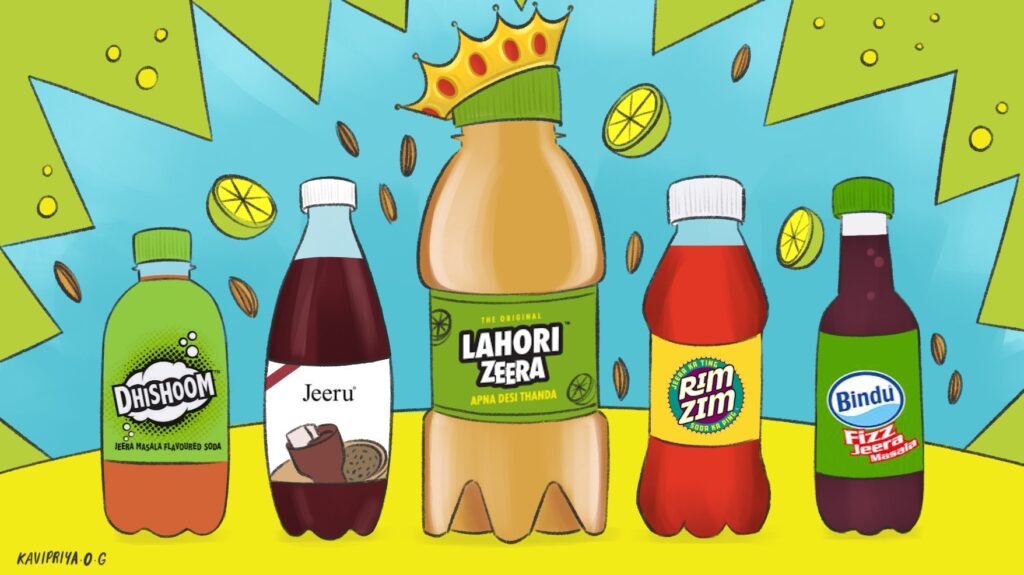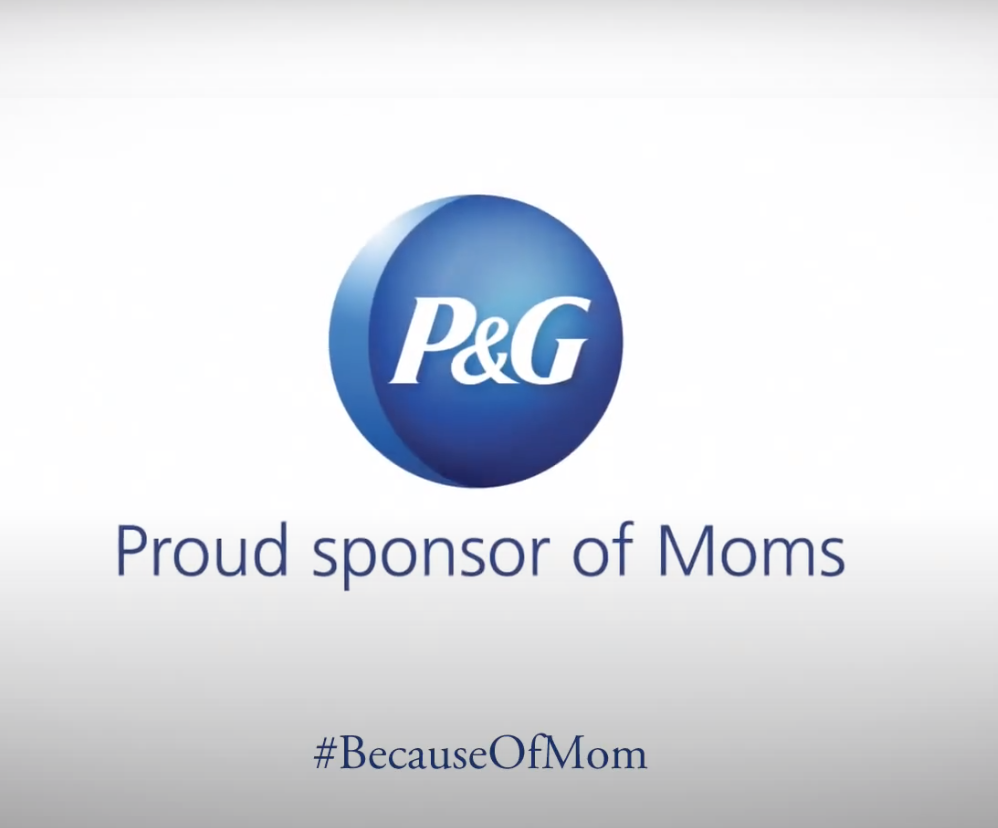Your Next Drink Isn’t a Cola — It’s a Culture: Inside India’s Ethnic Beverages Revival

India’s ethnic drinks market is booming. From Lahori Zeera to Bindu, desi sodas are challenging the dominance of colas.
For decades, global soft drink giants such as Coca-Cola, Pepsi, and Sprite have dominated the Indian market. But now, a desi disruption is fizzing up from the grassroots. From cumin-laced sodas in Punjab to masala-spiced lemonades in Karnataka, ethnic beverages are not just quenching thirst — they’re reviving culture, nostalgia, and health traditions.
This shift is more than just about taste. It reflects the changing consumer identity and demand for locally rooted, affordable, and healthier alternatives.
Lahori Zeera: From Bus Stops to Boardrooms
In 2017, three cousins from Punjab — Saurabh Munjal, Saurabh Bhutna, and Nikhil Doda — launched Lahori Zeera. What started as a humble cumin drink is now a ₹800 crore brand (FY26 projected).
Key growth levers:
- ₹10 pricing sweet spot
- Single-SKU strategy (160 ml PET)
- 2 million bottles sold daily
- 500,000+ retail touchpoints across 18 states
- 90–95% sales through general trade
- Zero celebrity endorsements
From temple towns like Vrindavan to jewellery stores in small towns, Lahori Zeera has become the unofficial welcome drink of Bharat. It tapped into underserved Tier III and IV markets — where legacy brands had weak distribution — and built an entirely new category of ethnic sodas.
Bindu: Karnataka’s Pride
In the South, Bindu Beverages from Karnataka has carved a similar story.
Founded in 1988, Bindu blends local tastes with fizz using ingredients like:
- Masala soda
With loyal regional appeal and growing visibility in metros through modern trade and quick-commerce platforms, Bindu proves that Southern flavours can travel just as well.
Paper Boat: The Original Nostalgia Bottler
No discussion of India’s ethnic beverage revival is complete without Paper Boat.
Launched in 2013 by Hector Beverages, Paper Boat reintroduced traditional Indian drinks like:
- Aam Panna
- Jaljeera
- Chhaas
- Sattu
- Panakam
- Anar, Kokum, and more
Why it worked:
- Focused on nostalgia and childhood memories
- Minimalist, storytelling-led branding
- No preservatives; clean-label positioning
- Premium pricing targeting metros and millennials
- Strong e-commerce and modern trade distribution
Paper Boat proved that Indian flavours could be premium, modern, and proudly desi — without cola-level marketing spends. It helped reset consumer expectations and paved the way for newer brands, such as Lahori and Jeeru, to thrive.
Competitive Landscape and Industry Dynamics
| Aspect | Ethnic Beverage Disruptors | FMCG Majors |
|---|---|---|
| Innovation | Fast, rooted in local tastes | Often reactive |
| Distribution | Rural-first, general trade | Urban-focused, now shifting |
| Pricing | ₹10 sweet spot, single SKU | Experimenting with pack sizes |
| Brand Loyalty | Low, but high repeat for value | Traditionally higher |
| Category Creation | Created “desi fizz” segment | Now imitating disruptors |
A Market Too Big to Ignore
India’s ethnic beverage segment, valued at ₹4,000–5,000 crore, is set to double in the next three years.
Now entering the ring:
- Coca-Cola: Aam Panna under Maaza
- PepsiCo: Jeera variants in Nimbooz
- Parle Agro: Scaling up Dhishoom Jeera
- Dabur: Hajmola Zeera
- Tata: Lemon Pudina and Kala Khatta (NourishCo)
- Bisleri: Spyci Jeera
- Reliance Consumer: Eyeing scale after Campa Cola revival
These companies are all racing to catch up to the playbooks set by Paper Boat and Lahori — not just in terms of flavour, but also by rethinking price points, formats, and cultural storytelling.
Legacy Still Fizzes
Brands like Sosyo (1923) in Gujarat and Ardheshir & Sons (1884) in Pune remain strong regional players. Their continued survival underscores a crucial truth: familiarity and tradition often prevail over big-budget branding.
East, West, North, South — Everyone’s Bottling Culture
Emerging players and formats:
- Jeeru (Xotik), Jain Shikanji, Bovonto — each thriving in hyperlocal markets
- Fuljar Soda in Kerala: Now bottling its viral spicy-mint concoction
- Manipuri startups like Nongmadol: Using gooseberry, banana peel, and sumac for herbal blends
From women-led startups in the Northeast to Shark Tank-funded shikanji brands in Uttar Pradesh, ethnic drinks are now innovation playgrounds.
Why Consumers Are Drinking Local Again
- Post-COVID health focus: Turmeric, ginger, tulsi, and jeera are now mainstream.
- Nostalgia-driven purchases: Familiarity with mom’s kitchen recipes
- Affordability: ₹10 price points make them ideal for rural and urban India alike
Unlike cola-heavy branding, these drinks sell emotional connection, community, and cultural pride.
A Boiling Point for FMCG Giants
According to FMCG expert Ankur Bisen, large players have long ignored rural tastes by pushing urban constructs into Tier III/IV markets. Lahori and Paper Boat showed the potential of sincere localisation — not just in taste, but in packaging, format, and storytelling.
With urban growth slowing, FMCG giants are finally adapting:
- Rethinking pack sizes and pricing
- Expanding co-bottling networks (Lahori plans 20–25 small plants by 2026)
- Investing in R&D for spice-forward beverages
Challenges on the Shelf
Despite the buzz, the sector faces hurdles:
- High GST (40%) on sugary carbonated drinks
- Poor brand loyalty; copycats abound
- Shrinkflation pressure: Maintaining ₹10 price points with input cost hikes
Still, the opportunity is real. India’s per capita soft drink consumption is just 4–5 litres, compared to 30 litres globally. Even Bangladesh consumes more. That’s a vast headroom for growth.
What’s Next in the Fridge?
- Heritage meets health: Kombucha with jeera? Sugar-free Kokum?
- Regional FMCG dominance: A masala-style split — strong local brands + 2–3 national champions
- Global expansion: Exporting desi drinks to the diaspora
Final Sip
India’s ethnic beverages revival is more than a trend — it’s a movement. From Lahori Zeera in Punjab to Bindu in Karnataka; from Fuljar in Kerala to Sosyo in Gujarat; and from Paper Boat’s metro nostalgia to Manipuri herbal teas — this is a nationwide reawakening of taste, tradition, and trust.
As global giants race to catch up, it’s brands rooted in real stories — not slogans — that are turning bottles into a sense of belonging.
Reference
https://the-captable.com/2025/07/jeera-masala-soda-lahori-india-ethnic-flavoured-drinks




1 Comment